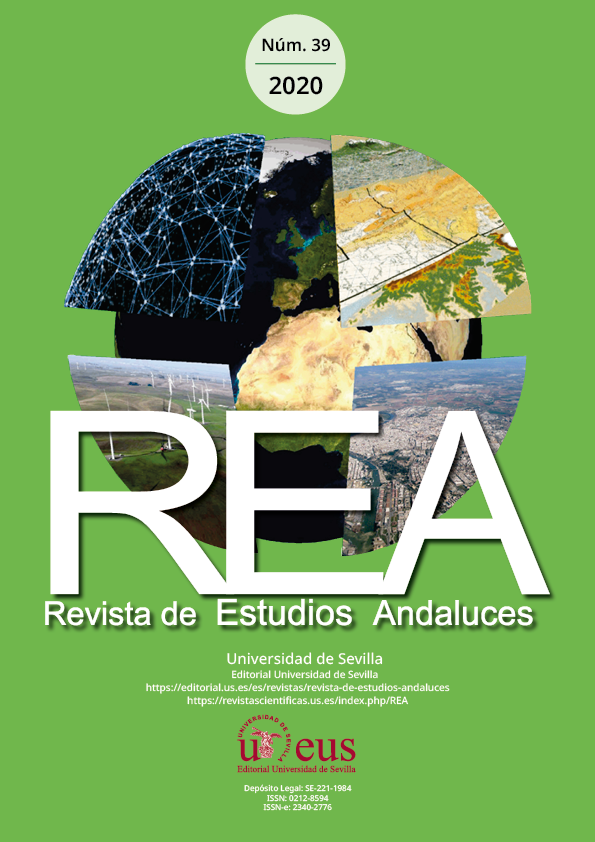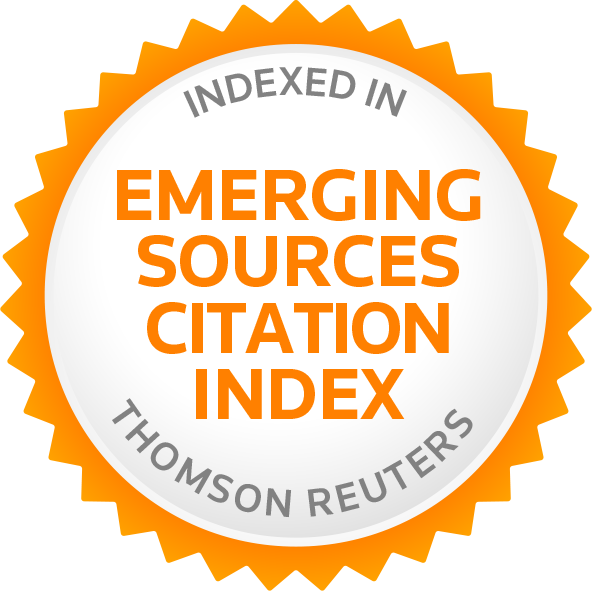Day-to-Day Mobility and Modal Changes in Low-Density Urban Areas. Case Study of the Metropolitan Region of Barcelona
Palabras clave:
Daily Mobility, Urban Low-Density, Modal Change, Social GroupsResumen
The current researech deals daily mobility in urban low-density welfare society areas in order to identify pioneers in modal shift. Qualitative methodology was used; semi-structured interviews were conducted in a sample of residents in the municipality of Matadepera (Barcelona Region). The results show the prominence of the car in the daily life and the low permeability of the new mobility practices (active and shared) that similar social groups begin to practice in dense urban areas. The urban morphology and the design of a public space biased for the use of the private vehicle make difficult the modal change. Public policies are needed to make it possible to create proximity and redesign the public space to generate the conditions for modal change.
Descargas
Descargas
Publicado
Cómo citar
Número
Sección
Licencia
La edición electrónica de la Revista de Estudios Andaluces se ofrece en acceso abierto desde el número 28 publicado en 2011 hasta la actualidad. Las ediciones impresa y electrónica de esta Revista son editadas por la Editorial de la Universidad de Sevilla, siendo necesario citar la procedencia en cualquier reproducción parcial o total.
La Revista de Estudios Andaluces no cobra tasas por el envío de trabajos, ni tampoco cuotas por la publicación de sus artículos. La Revista es gratuita desde el momento de la publicación de cada número y sus contenidos se distribuyen con la licencia “CreativeCommons Atribución-NoComercial-SinDerivar 4.0 Internacional” , que permite al usuario de la Revista de Estudios Andaluces criterios que cumplen con la definición de open access de la Declaración de Budapest en favor del acceso abierto. Puede consultar desde aquí la versión informativa y el texto legal de la licencia. Esta circunstancia ha de hacerse constar expresamente de esta forma cuando sea necesario.







